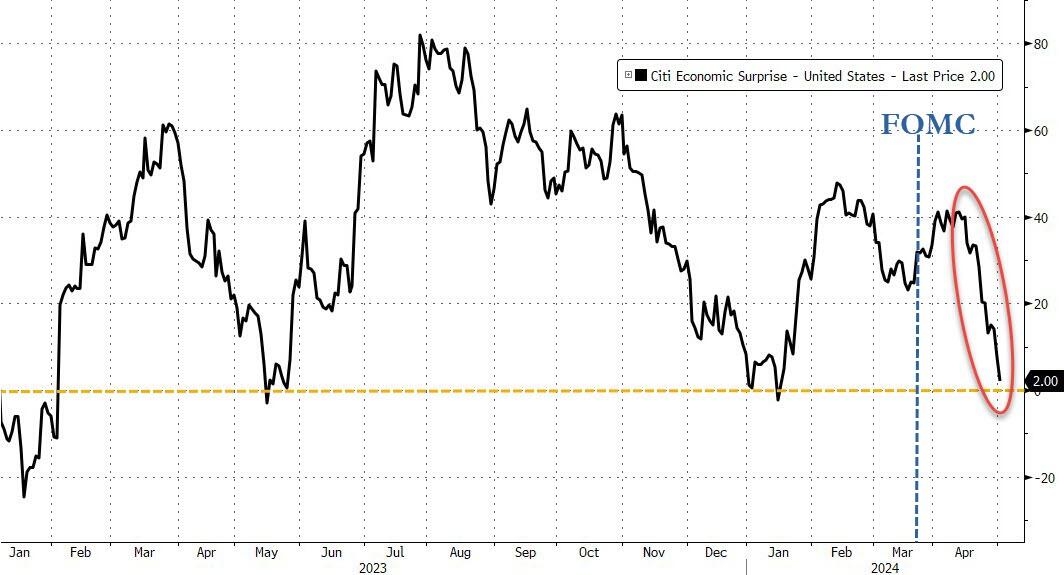Supporters of Israel attacked a pro-Palestinian protest camp at the University of California in Los Angeles on Wednesday, hours after New York City police arrested some 300 protestors, as days of mounting tensions on some U.S. college campuses boiled over.
Eyewitness videos from UCLA, verified by Reuters, showed people wielding sticks or poles to hammer on wooden boards being used as makeshift barricades to protect the pro-Palestinian protesters before police were deployed to the campus.
On the other side of the country, New York police arrested pro-Palestinian demonstrators occupying an academic building at Columbia University and removed a two-week-old protest encampment that had inspired similar protests at campuses across the country and abroad.
Arrests at Columbia and nearby City College of New York numbered about 300, Mayor Eric Adams said, with many of them charged with trespassing and criminal mischief.
The clashes at UCLA and in New York are part of the biggest outpouring of U.S. student activism since the anti-racism rallies and marches of 2020. The protests were triggered by the Oct. 7 attack on southern Israel by Hamas militants from the Gaza Strip and the ensuing Israeli offensive on the Palestinian enclave.
Students have rallied or set up tent encampments at dozens of schools across the U.S. in recent days, expressing opposition to Israel's war in Gaza and demanding schools divest from companies that support Israel's government. Many of the schools have called in police to quell the protests.
With the presidential election coming in November, Republican lawmakers have accused some university administrators of ignoring antisemitic rhetoric and harassment, some demanding that Columbia's president resign. Many protesters, some of whom are Jewish, reject allegations of antisemitism.
UCLA PROTESTERS REPORT VIOLENT ATTACKS
UCLA officials declared on Tuesday that the encampment was unlawful, violated university policy and included people unaffiliated with the campus.
Footage from the early hours showed counter-demonstrators, many of them masked and some apparently older than students, throwing objects and trying to smash or pull down the wooden and steel barriers erected to shield the encampment.
Some screamed pro-Jewish comments as pro-Palestinian protesters tried to fight them off.
"They were coming up here and just violently attacking us," said pro-Palestinian protester Kaia Shah, a researcher at UCLA. "I just didn't think they would ever get to this, escalate to this level, where our protest is met by counter-protesters who are violently hurting us, inflicting pain on us, when we are not doing anything to them."
Demonstrators on both sides used pepper spray, and fights broke out; pro-Palestinian demonstrators said the counterprotesters threw fireworks at them and beat them with bats and sticks.
Benjamin Kersten, a UCLA graduate student and member of the group Jewish Voice for Peace, called it "a devastating night of violence."
"The encampment would be a peaceful effort were it not for the continuous presence of counterprotestors and agitators," he wrote in a text message. "While Congress holds more hearings on whether Jewish students feel safe enough on campuses, Jewish students are among those withstanding attacks from Zionist protestors."
Police said UCLA called them to restore order and maintain public safety "due to multiple acts of violence" within the encampment. Broadcast footage later showed police clearing a central quad beside the encampment and erecting a metal crowd barrier in front of it.
The atmosphere was calmer on Wednesday. Hundreds of police officers and squad cars were on campus and lining its perimeter. It was unclear how many arrests were made or the number of people who were injured.
COLUMBIA DEMONSTRATORS ARRESTED
In New York, police had arrested dozens of pro-Palestinian demonstrators holed up in a building at Columbia University and removed a protest encampment that the Ivy League college had sought to dismantle for nearly two weeks.
Columbia President Minouche Shafik asked police to stay on campus until at least May 17, two days after graduation.
"Free, free Palestine!" protesters chanted outside the building. "Let the students go!"
"A lot of people are shaken. I think I'm forever changed by what happened today," said Bo Tang, a history student who has been part of the protesting students research group.
"The university fails to learn its own history and repeats its mistakes with such brutishness," Tang wrote in a text-message from the locked-down campus.
Ben Solomon, a 22-year-old Jewish student at Columbia, said he welcomed the move to clear the protesters from the occupied building and the encampment.
"I'm glad to see universities took decisive action," he said, as more than 100 students and professors gathered in a street adjoining the campus to protest the school's decision to call the police.
Columbia "must prevent this mob from taking back the campus and continuing to disrupt student life," Solomon said.
Shafik said the occupiers had vandalized university property and were trespassing, and her staff shared pictures of piles of furniture turned into barricades inside Hamilton Hall. She said the events filled her "with deep sadness."
"I am sorry we reached this point," she wrote in an email to the university community on Wednesday, saying that property damage was not "political speech" and promising efforts to reunite a frayed campus.
The university earlier warned that students taking part in the occupation faced academic expulsion.
Police were also called in to clear encampments and make arrests overnight at Tulane University in New Orleans, University of Arizona and City College of New York in Harlem.
https://www.yahoo.com/news/police-move-quell-clashes-los-103933459.html






